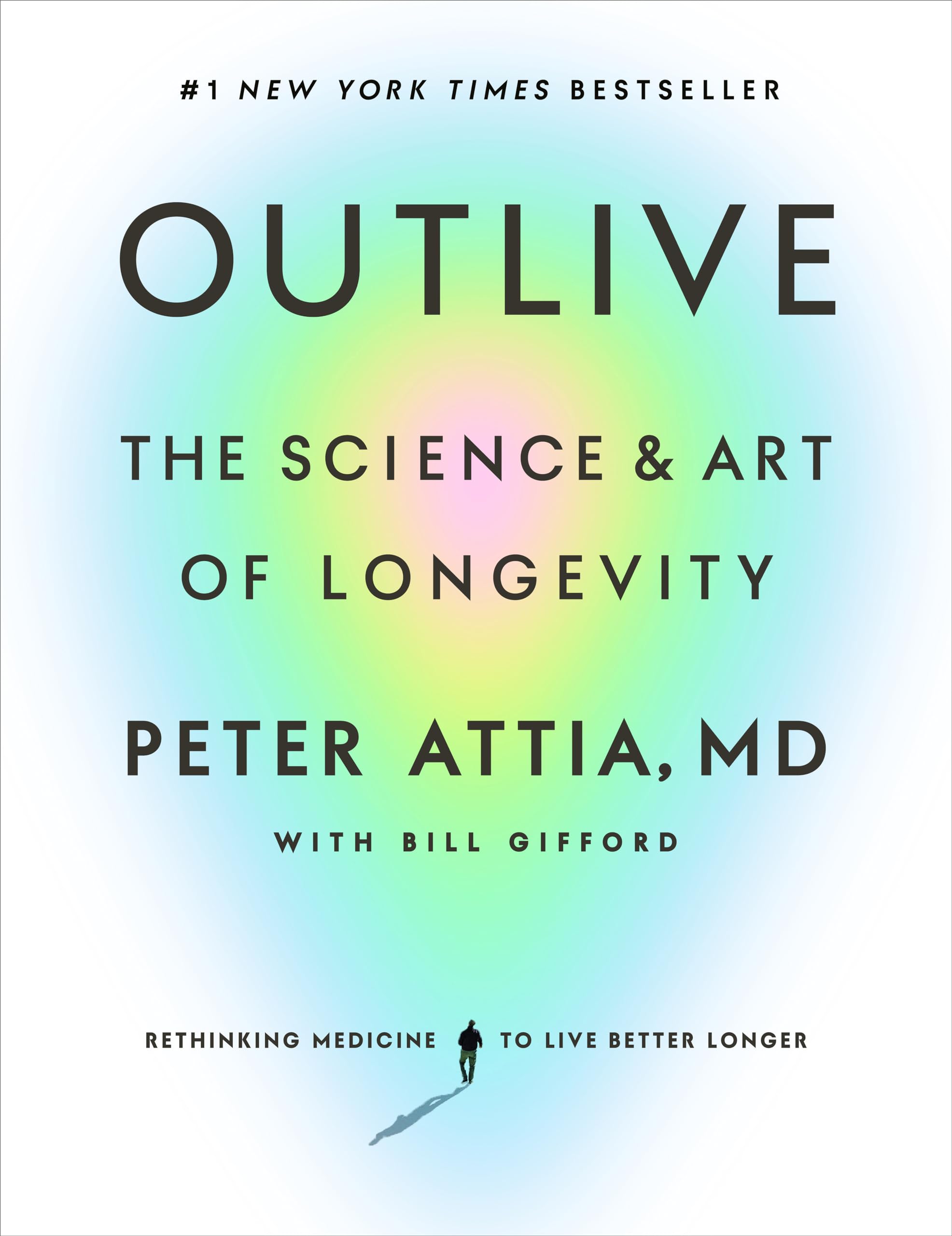Chapter 7: The Ticker: Confronting—and Preventing—Heart Disease, the Deadliest Killer on the Planet
byChapter 7 of The Ticker delves into the hidden dangers of cardiovascular disease (CVD), emphasizing its gradual development and the critical need for early intervention. The author recounts his personal experience with heart disease, revealing a strong family history of cardiac conditions that shaped his awareness of its risks. Despite adopting a healthy lifestyle, his medical evaluations exposed underlying vulnerabilities, highlighting that CVD is not solely influenced by diet and exercise but is also deeply rooted in genetics.
The discussion challenges traditional views on heart disease, particularly the overemphasis on LDL cholesterol as the primary marker of risk. While LDL has long been considered the “bad” cholesterol, the author argues that focusing solely on this metric oversimplifies cardiovascular health. He shifts attention to apoB-containing lipoproteins and lipoprotein(a) (Lp[a]), which play a more direct role in atherosclerosis by accelerating plaque buildup in the arteries. Recognizing these lesser-known markers is crucial for a more accurate understanding of heart disease risk.
The chapter critiques conventional risk assessment models, which often fail to account for the lifelong accumulation of cardiovascular damage. Many assume that heart disease is a concern only in later years, yet research indicates that atherosclerosis can begin as early as adolescence. By the time symptoms such as chest pain or shortness of breath appear, significant arterial damage has often already taken place. This delayed recognition of CVD progression underscores the need for routine screenings and a more proactive approach to prevention.
A comprehensive strategy for reducing heart disease risk is introduced, combining lifestyle modifications, dietary adjustments, and medical therapies. Lowering apoB levels is presented as one of the most effective ways to mitigate plaque formation and arterial blockages. Beyond lipid management, the author stresses the importance of monitoring metabolic markers such as insulin resistance, inflammation, and triglycerides, which all contribute to cardiovascular health. Addressing these factors early can drastically reduce the likelihood of developing serious heart conditions.
The chapter also highlights the role of chronic inflammation in accelerating heart disease, explaining how persistent inflammation weakens blood vessels and promotes plaque instability. This makes individuals more vulnerable to heart attacks and strokes, even if their cholesterol levels appear normal. Managing stress, prioritizing sleep, and maintaining an active lifestyle are key components of an effective heart health plan. These strategies, when combined with medical advancements, offer a well-rounded approach to reducing cardiovascular risk.
The author critiques current cholesterol guidelines, advocating for a shift toward more aggressive prevention strategies. He proposes lowering apoB levels to those found in newborns, arguing that this could significantly reduce or even prevent atherosclerosis from developing. While this idea challenges conventional wisdom, it presents a compelling case for rethinking how heart disease is managed. By adopting a more preventative approach, individuals may be able to maintain arterial health well into old age.
Innovative diagnostic tools, such as coronary artery calcium (CAC) scoring and advanced lipid testing, provide a more precise way to measure cardiovascular risk. Traditional cholesterol tests may not capture the full picture, whereas these newer assessments offer a clearer understanding of an individual’s risk factors. Liquid biopsies and genetic screenings are also emerging as promising methods for detecting cardiovascular threats early. These advancements could transform the way heart disease is diagnosed and treated in the future.
In conclusion, Chapter 7 serves as a wake-up call to rethink cardiovascular health, shifting from a reactive approach to a proactive one. Heart disease does not develop overnight—it is a slow, progressive condition that requires continuous monitoring and early intervention. By integrating scientific advancements, lifestyle changes, and personalized risk assessments, individuals can take control of their heart health and significantly reduce their chances of developing life-threatening complications. This forward-thinking approach offers hope for a future in which cardiovascular disease is no longer the leading cause of death worldwide.


